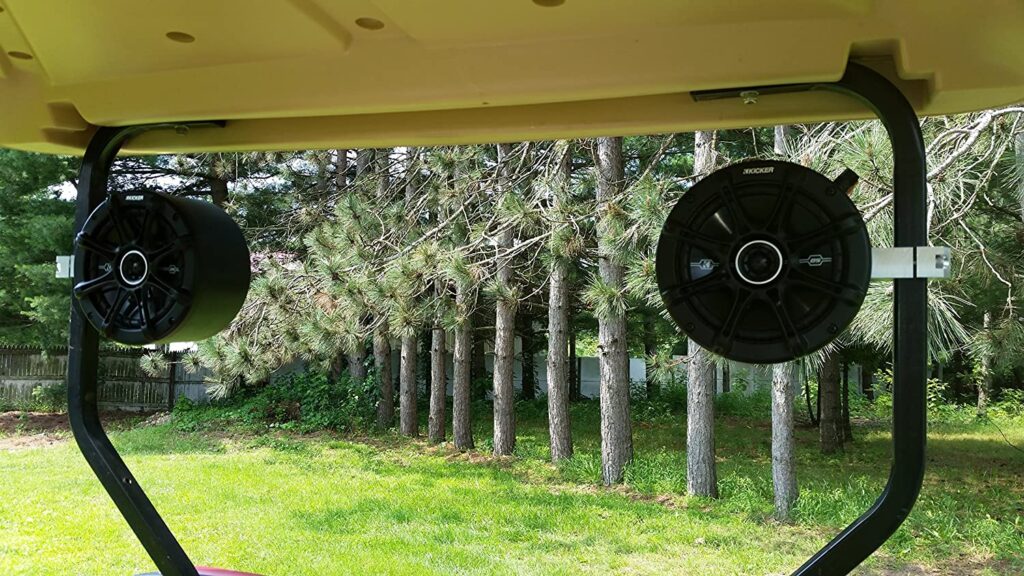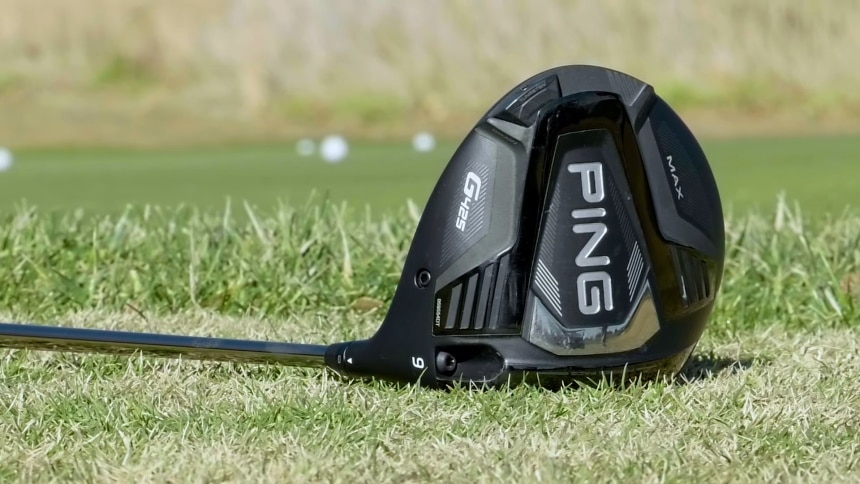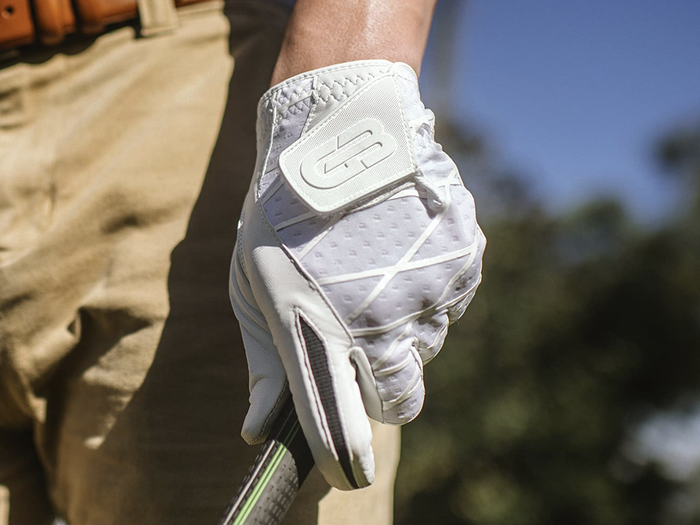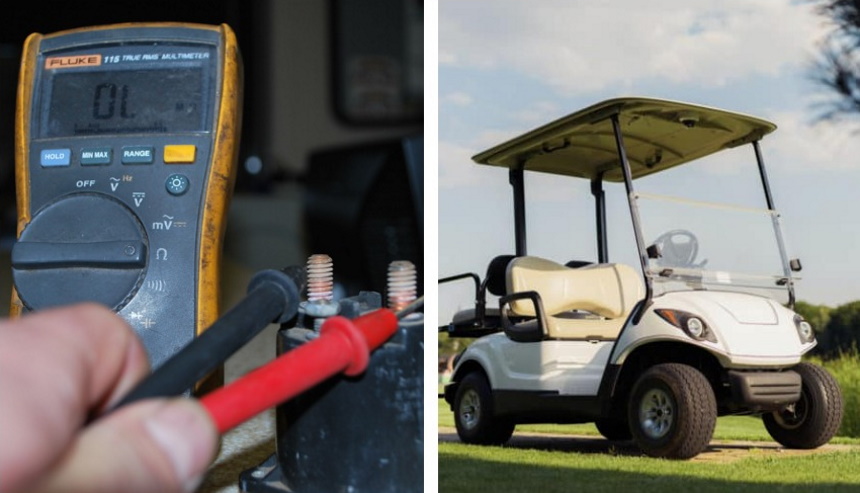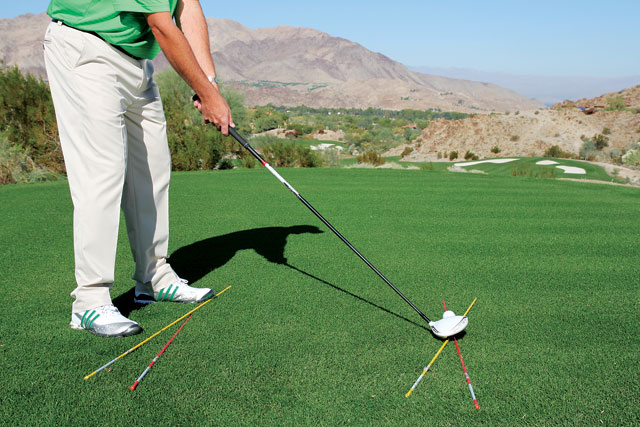
Electric golf cart accelerators are generally great but are not immune to problems. And they usually develop faults that stop you from driving them, leaving you stranded. The good thing is that you can fix many of the electric golf cart accelerator problems yourself without professional help, but you must know how to identify them to apply fixes.
Hence, this article will discuss all problems you can encounter with your electric golf cart accelerator and how to identify them. Additionally, we will explain how to fix the problems yourself.
So, are you tired of getting stranded because of problems you can diagnose and fix yourself? Read on!
The accelerator is one of the most important parts of an electric golf cart because it makes the vehicle move. Below, we will discuss the construction of the accelerator and how it works:
The electric golf cart accelerator has a connection to every part that makes the vehicle work. More specifically, the accelerator has a direct connection to the cart’s drive control, which connects to vital elements such as the DC converter, the battery, the AC motor, and the speed meter. These elements combine to make the electric golf cart accelerator move the vehicle.
The electrical golf cart accelerator controls the speed controller. And the accelerator’s pedal connects to the potentiometer. So, when you press the pedal for acceleration, you push a rod underneath that makes the potentiometer generate movement. Also, pushing the pedal sends pressure to the speed controller. Afterward, the pressure converts into DC power.
Furthermore, the electric golf cart’s battery transfers power to the controller for operation. Consequently, the vehicle’s meter and AC motor receive electrical signals from the controller.
Then, the potentiometer—depending on the pressure you apply to it—acts as a communicator by helping the controller
gauge how much voltage it needs
Trusted Source
Potentiometers - an overview | ScienceDirect Topics
A potentiometer circuit can be used for comparing and measuring potential differences, the principle of action being that the unknown EMF is measured by balancing it against a known potential difference.
www.sciencedirect.com
to consume. The higher the pressure, the higher the voltage, and the more speed you get from your cart.
Now that you know how the electric golf cart accelerator works, you can make informed decisions. Before resetting your motor or seeking professional help, you can troubleshoot your cart’s accelerator by checking all the abovementioned parts. If you can diagnose and fix the problem, you won’t need to go through the hassle of spending valuable money on repairs.
When your electric golf cart hesitates before starting, doesn’t start smoothly, or doesn’t gain speed properly, you have an accelerator problem. Here are common electric golf cart accelerator problems and simple fixes:
One of the simplest electric golf cart accelerator problems is battery malfunction. Unsurprisingly, this simple problem comes with a simple fix. A damaged or dead battery in your cart can cause your golf vehicle to stop moving, thus putting an accelerator problem on your hands. Thankfully, it’s not a problem you can’t handle yourself. Here are some steps to fix battery malfunction:
If the accelerator works with the new battery, you’ll know that the battery malfunction was the problem. Ensure that you charge the battery regularly to avoid a fire incident Trusted Source FORE! Improper charging of golf carts can lead to fumes and fire | NFPA As the world’s leading information and knowledge resource on fire, electrical and related hazards, our public affairs department gets asked all kinds of questions. For example, this week’s media inquiries included requests for NFPA insight on the Australia wildfire; inept fire protection systems in LA; evacuation practices for disabled residents in Minneapolis hi-rises; fire department response times in Dallas; and golf cart fires in Florida. www.nfpa.org . However, if the problem persists with a different battery, you must check another part of the accelerator to diagnose the problem.
If your electric golf cart’s battery is not the problem, the speed controller might be. So, your next guess for an electric golf cart accelerator should be controller malfunction. Needless to say, this controller manages the golf cart’s speed. If you notice that your cart’s speed is irregular, a controller malfunction is the most likely culprit.
A controller might malfunction for multiple reasons, but aging is the most common one. This part of your golf cart’s accelerator can quickly age, depending on the frequency of use. So, the best fix is to replace such a faulty controller.
And if you feel the stop switch is malfunctioning, buy a suitable replacement. If you have any of the Yamaha G14, G16, G19, G22 G29 models, the Drive-up Golf Cart Yamaha Stop Switch may be a great option. It offers easy installation and a one-year warranty.
Another common issue that messes with an electric golf cart accelerator is a loose wire. Sometimes, it’s more than one wire. The loose wires can trigger a speed controller malfunction, affecting your cart’s acceleration. So, if your golf cart has an accelerator problem, you should check the wires connected to the controller and ensure that they are properly held in place. Such a simple action might get your golf vehicle back up and running.
An electric golf cart accelerator cannot work without a solenoid. The solenoid is a vital electric switch that keeps your cart working smoothly by transporting electrical flow from the battery to other parts of the vehicle. Like other golf cart parts, the solenoid is vulnerable to damage. When you have a faulty solenoid, you lose your accelerator regardless of how hard you push the pedal.
So, how do you know that your electric golf cart’s solenoid is bad? The cart fails to start when you turn on the ignition. This is the most common and obvious sign of a bad solenoid.
To confirm you have a solenoid problem, connect your voltmeter to the cart and set the meter to DC volts. Use the 200 range and turn on the cart while watching the reading on the terminals. Your solenoid has a problem if the reading jumps and displays the full voltage. So, you have to replace the faulty solenoid to get your accelerator working again.
An electric golf cart accelerator’s DC converter is an indispensable part of the vehicle. This converter takes the cart’s AC power and turns it into a direct current. If the converter cannot generate direct current, your cart’s accelerator won’t work when you press its pedal. Essentially, your golf vehicle cannot run without a direct current.
If you have a DC converter damage, you should replace the converter. Here are a few steps to go about that:
We’ve talked a lot about the other parts around the accelerator being a potential problem, but we must recognize the elephant in the room. While it is not a common problem, the accelerator is not immune to malfunction. If you try every simple fix and your electric golf cart accelerator does not work, chances are the accelerator is malfunctioning. You’ll need to seek professional help in this case.
As with every electric piece of equipment, the electric golf cart cannot work when it has damaged wires. Damaged wires often deliver unstable performance, causing accelerator malfunction. Although you can use electrical tape to remedy some damaged wires, that’s only a temporary fix that may or may not work. The best remedy is to replace the damaged wires.
Replacing the wires might only be possible if you have technical experience. So, you’ll have to ask for a technician’s help to replace the wires if you can’t do that.
An often overlooked factor causes an electric golf cart accelerator: debris near the foot pedal. Yes, bits of dirt, debris, and small items can get stuck underneath the foot pedal, affecting the accelerator’s function. Thankfully, this electric golf cart accelerator problem has the simplest solution.
All you need to get rid of this problem is to remove the debris near or around your pedal using a hand vacuum or a small hand broom. Before you know it, your cart is back up and running smoothly.
You already know the importance of the potentiometer to the electric golf cart. It indicates how much charge the speed controller needs to send to the motor. Surely, a potentiometer malfunction cannot be good for your cart’s accelerator, considering its huge influence. Although this part rarely goes bad, it’s not immune from damage.
You can identify a potentiometer malfunction when you see the speed controller reading different levels of charge that suggest that the pedal has not been pushed at all. It’s a good thing that you can easily replace the potentiometer. If you own a Car Precedent Golf Cart, the GREENCHOOSY Mcor Potentiometer has a reputation for effectively solving the hesitation problem.
Here are a few tips that can help:
The electric golf cart accelerator’s direction switch indicates what direction you’re heading to, whether you’re moving backward, forward, or sitting in neutral. With this part, your accelerator knows where to turn the wheels to. So, the accelerator is in trouble when the direction switch is faulty. You can replace a faulty direction switch with these steps:
Once you fix your accelerator problems, find a high-quality and affordable rangefinder on our list of the best golf rangefinders under $100, so you can more accurately determine the distance to the green.
Notably, electric golf cart accelerator problems can vary by brand, which may make the above universal fixes unhelpful. Below, we will discuss EZGO and Yamaha electric golf cart accelerator problems.
Yamaha has been building golf carts for several decades, and it’s no surprise that many golfers trust their products. They are a popular manufacturer of electric golf carts known to lower carbon emissions Trusted Source Golf Cart Market Size & Share Major golf cart market players include Polaris Industries, Inc., Club Car, Yamaha Golf-Car Company, Guangdong Marshell Electric Vehicle Co., Ltd., E-Z-GO, Hawk Carts, STAR EV CORPORATION, HDK Electric Vehicle, G H Varley Pty Limited, Suzhou Eagle Electric Vehicle Manufacturing Co., Ltd., KT Pan Company Limited, and Garia. www.globenewswire.com and reduce overall operating costs. Here are some Yamaha electric golf cart accelerator issues and common fixes:
Yamaha electric golf cart users often encounter forward and backward issues on their carts. If your Yamaha cart doesn’t move backward or forward, it may result from a worn-out or broken controller, gearbox, or motor. Here are some moves to troubleshoot the issue:
Sometimes, a Yamaha electric golf cart hesitates when accelerating. This difficulty in maintaining an acceleration results in difficult maneuvering and decreased speed. Here are some tips to fix the issue:
If your Yamaha electric golf cart does not click when you turn on the ignition, the vehicle has battery issues—which are very common in Yamaha carts. Here are ways to fix them:
EZGO, a company that has been around since 1954, is a trusted manufacturer in the world of golf carts. We’ll discuss the common accelerator problems of EZGO electric golf carts below.
A sticky accelerator is normal, and you can fix it easily. You get a sticky accelerator when you feel a drag on the smoothness of the foot pedal. This issue is due to multiple factors. If the air quality causes it, it usually fixes itself.
Also, the stickiness may result from constant pressure if your cart is some months or years old, which isn’t fixable. You can ignore the stickiness as long as it does not interfere with regular driving. However, you may need professional help if you start hearing a clicking sound.
Another common issue with EZGO electric golf carts is a faulty battery or battery connection. Fix the problem with these simple steps:
Notably, newer EZGO golf carts rarely develop battery issues.
It’s worth mentioning that the fixes for Yamaha and EZGO accelerator problems work for Club Car electric golf cart accelerator problems and Club Car precedent accelerator problems. After solving your accelerator problems, nothing stops you from opting for one of the best golf cart speakers we’ve reviewed for enjoyable games.
Many electric golf cart owners are forced to visit or invite mechanics for help. While such people can fix some problems without professional help, it’s unfair to blame them for not knowing better. It’s good that you’re no longer in the league of uninformed electric golf cart users. This guide has extensively discussed various electric golf cart accelerator problems and how to identify them.
As if that wasn’t enough, we’ve suggested simple solutions to these problems so that you won’t need to pay for stuff you can do on your own. Ultimately, we hope that this guide has properly informed you about how to solve some of your accelerator problems without help. Now you can solve these common issues and find suitable irons on our list of the best irons under $1000 for great shots.
